Sharks come in different shapes and sizes. There are the Great Whites, the Hammerheads, and the Tiger Sharks. But today, we will celebrate one of the biggest: the Whale Sharks.
International Whale Shark Day is observed every August 30 to commemorate this unique and gentle creature.
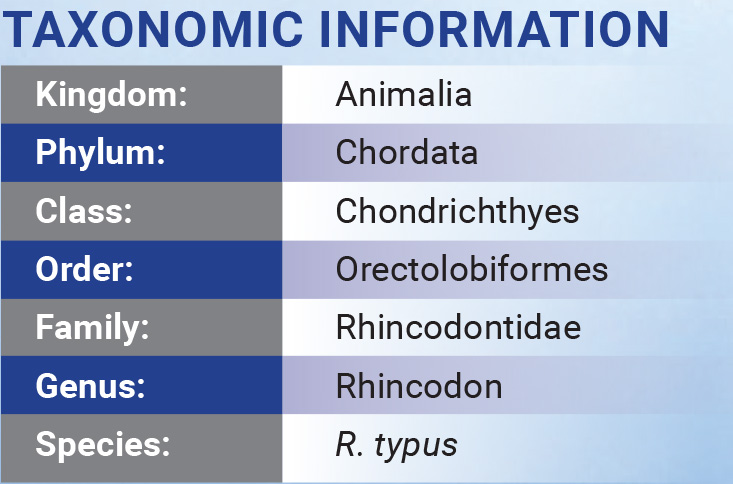
NOT A WHALE, NOT QUITE A SHARK
Despite their gentle nature, Whale Sharks are Sharks! They belong to a family of Carpet Sharks, characterized by the molten patterns in their body. Other Carpet Sharks include the Zebra Shark, considered to be their closest relative.
They are considered the largest Sharks on earth, where the first part of their name is from.
Unlike other Sharks who feed on small Fishes, the Whale Shark eats Plankton (and yes, other small Fishes). They are considered filter feeders: Their teeth are not big and sharp, so they swallow gallons of water to ingest their food.
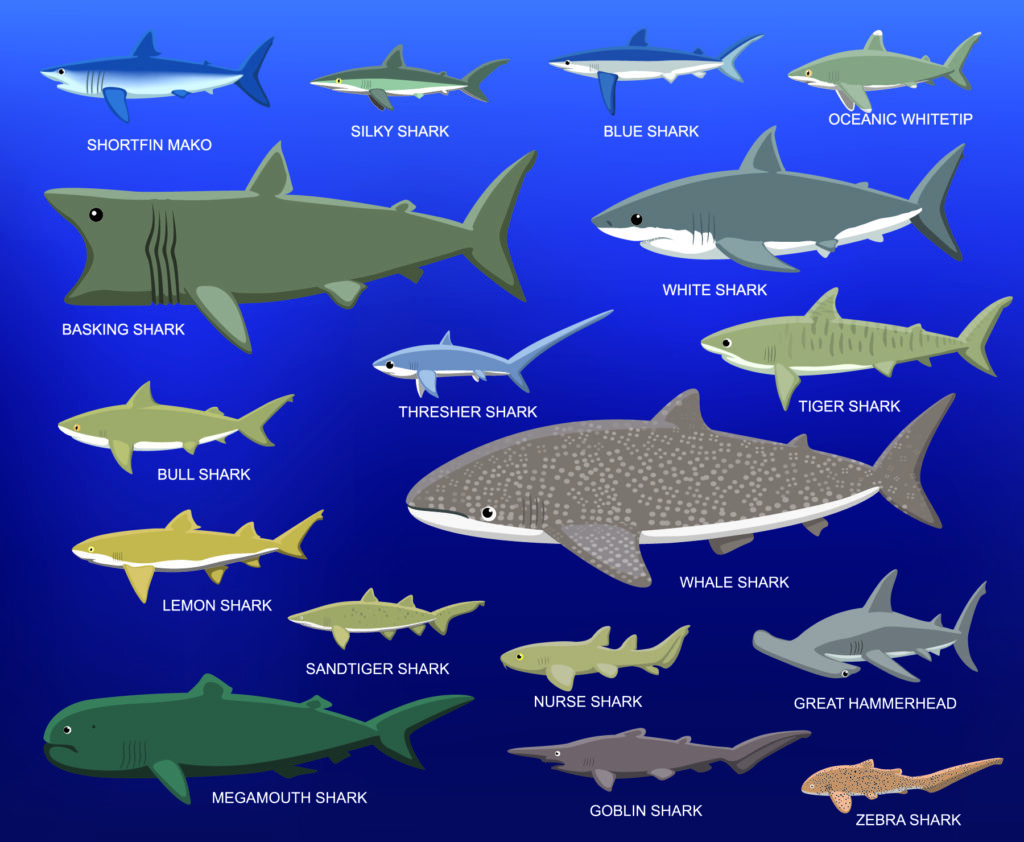
Whale Sharks got their name from their size: They are considered the largest Sharks in the world.
FUN FACTS
A SWIMMING MOUTH

According to an article written by Simon Pierce for the Marine Megafauna Foundation, a Whale Shark’s mouth is one of the largest and is perfect for filter feeding.
They have an ideal system to filter their food from the water, thanks to their orobranchial chamber. This chamber houses 10 gills and 20 filter pads that aid filter feeding and makes up 30% of the Whale Shark’s length.

Water enters the mouth, and the Plankton and other tiny microorganisms pass through the filters. The excess water is then expelled.
SLOW, STEADY, AND SHALLOW
In an article by Sumardi Ariansyah for Greenpeace, Whale Sharks swim slowly in the ocean at five kilometers per hour. And while they can dive a thousand meters, Whale Sharks prefer to be up to 50 meters near the surface.

ONE-OF-A-KIND SPOTS
According to the Ocean Conservancy, Whale Sharks all have different spot patterns, the same way there are no similar human fingerprints.
Their unique spots have helped scientists in the past visually identify the Whale Sharks they were studying.
NO FISHBONES
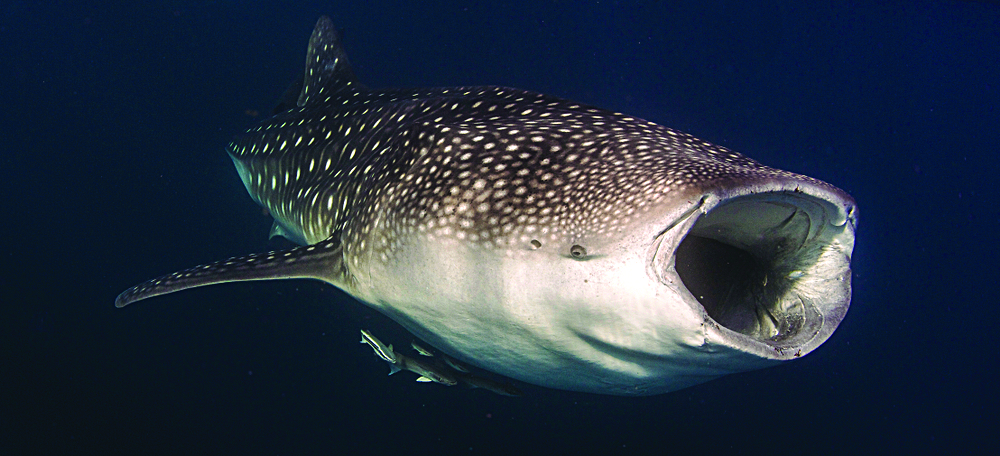
In the article by Jenny Kennedy in Thoughtco, Whale Sharks do not have bones. Their skeleton is made up of cartilage, which is a rigid and flexible tissue.
Because of this, scientists study ancient Sharks by observing their teeth.
WHALE SHARKS LIKE IT WARM
Whale Sharks live in warm waters near tropical countries like the Philippines, Central South America, and Africa.
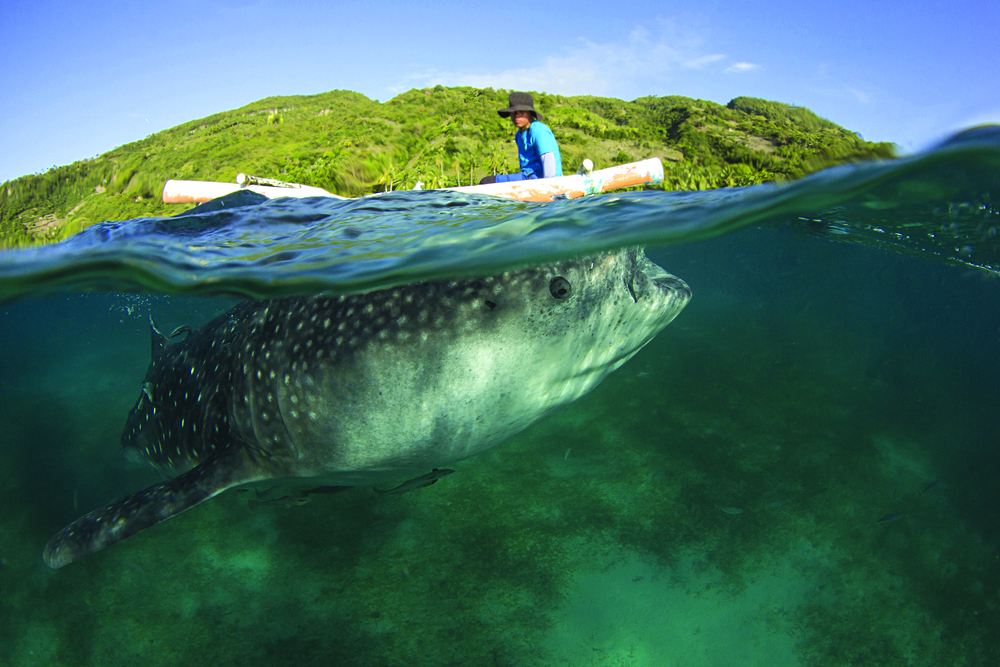
TEAMWORK MAKES THE DREAM WORK
Whale Sharks have a symbiotic relationship with Remora (Echeneidae). Remoras tag along with the Sharks and help them stay clean by removing parasites from their bodies while getting free food.
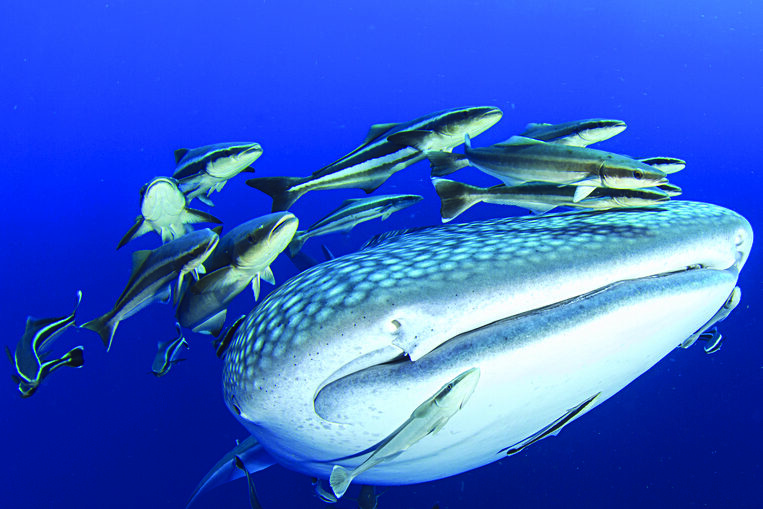
THEIR ROLE IN THE ECOSYSTEM

According to the World Wildlife Fund (WWF), the presence of Whale Sharks indicates an abundance of Planktons, which in turn determines the overall health of the oceans.
SHARK FINNING AND ITS PROBLEMS
According to an article in BBC Wildlife by conservationist Mark Carwardine, Shark finning means cutting off the Shark’s fins while they’re still alive and throwing them back into the sea to let them die a slow death. Because they don’t have fins, the Sharks sink to the seabed to drown or be eaten by other predators.
Sharks’ Fin is the main ingredient in traditional Shark Fin soup, a status symbol in Chinese culture. While there is no medical evidence of Shark fin soup’s benefits, it is still popular in China for special occasions.

ENDANGERED
Unfortunately, the International Union for Conservation of Nature and Natural Resources listed the Whale Shark as “Endangered” in 2016. According to the WWF, this is because of unregulated fishing. It does not help that there is a demand for their meat and fins, even to this day.
Marine conservationists and wildlife organizations do their best to protect and ensure the Whale Shark will not completely disappear from our oceans. But let’s not belittle every action we can do to help these majestic creatures. Spreading awareness about the Whale Shark situation can be the first step toward conserving the Sharks because they don’t deserve the kind of treatment they get from humans.






